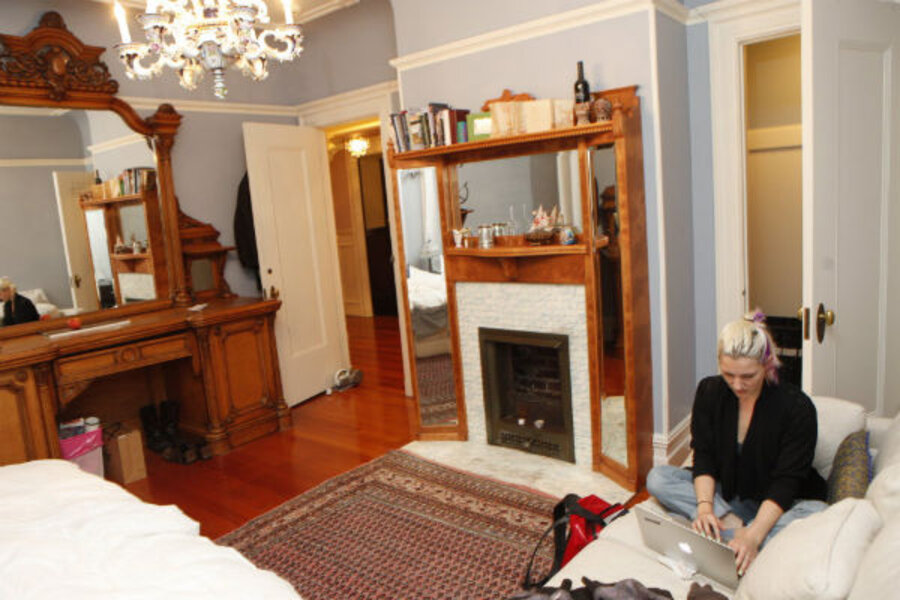The sharing economy: terms for shared housing
Loading...
| San Francisco, Calif.
Group living – by any name – is a growing trend in the US. Here are some terms for different types of shared housing.
CoHousing – A decades-old model in which residents buy modest-sized, separate homes in small, planned communities designed to have a light environmental footprint and emphasize community interaction. Communities usually include a separate building designated for gatherings and common use, often with a kitchen to facilitate shared meals; parking space is de-emphasized in favor of pedestrian-friendly layouts. About 130 such communities exist in the United States, according to the Cohousing Association of the United States (cohousing.org).
Co-living – Multi-bedroom houses leased by groups of mostly young, working professionals are catching on in expensive, urban housing markets. Residents share spaces including kitchens, living areas, garages, and yards, and arrange activities including lectures and other gatherings open to the public. The goal is "to create a home environment that inspires and empowers its residents to be active creators and participants in the world around them," according to coliving.org.
Cohouseholding – Residents pool finances to purchase a house, with the goal of sharing the mortgage and living space. Homes are often codesigned or retrofitted by residents to determine uses and functions of space. "This new model is being carefully crafted by its advocates to help people create sustainable shared households – ones that work well economically, as well as socially, for people at different life stages," says the Cohouseholding Project (cohouseholding.org).
Collaborative housing – A term trademarked by Berkeley, Calif.-based architect Todd Jersey to describe a design concept for multiuse, multiunit buildings billed as "walkable, social, creative, and diverse" communities. Located on or near public transit routes, they aim to minimize the need for cars. Buildings with small, private units emphasize shared spaces that foster connections between residents; they are marketed to "makers," artists, designers, and musicians, according to the website collaborativehousing.com. Mr. Jersey's firm has developed plans for collaborative housing projects in Pittsburgh, Pa., and El Cerrito, Calif., so far.







